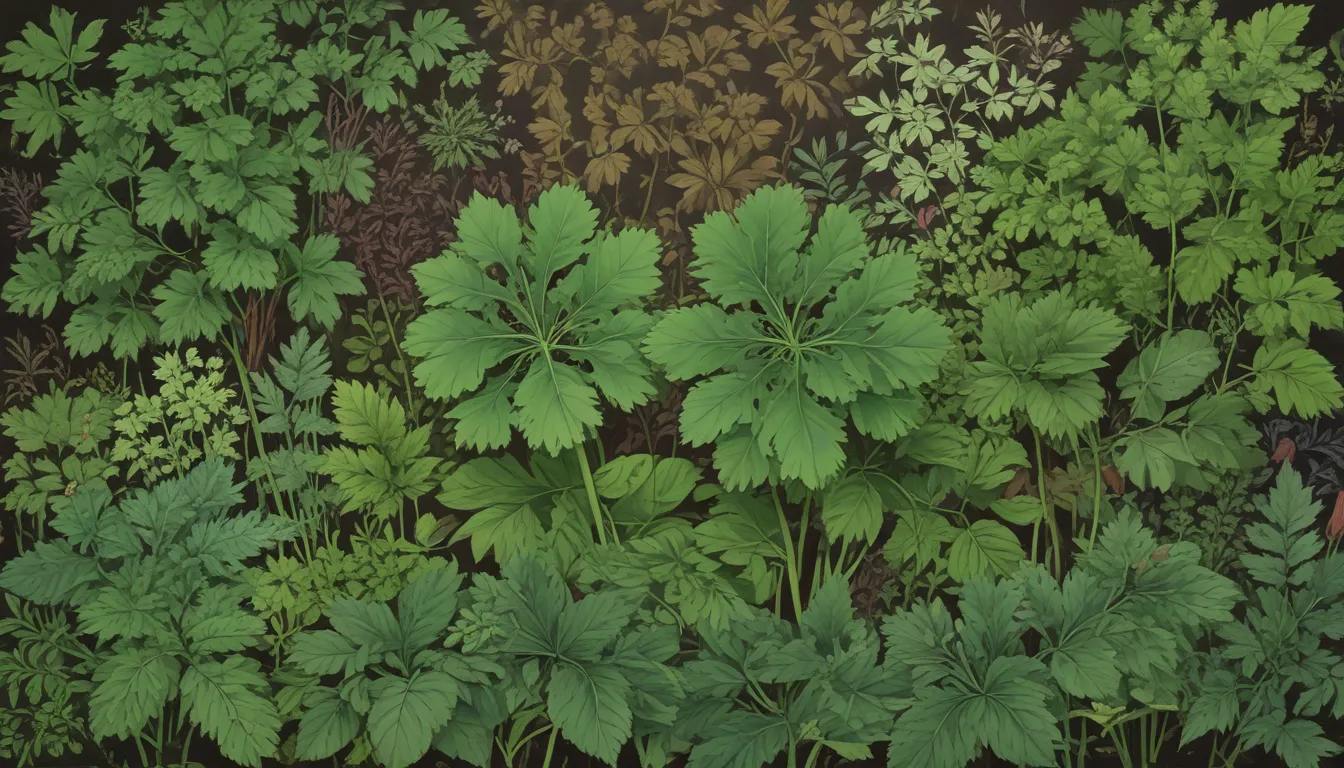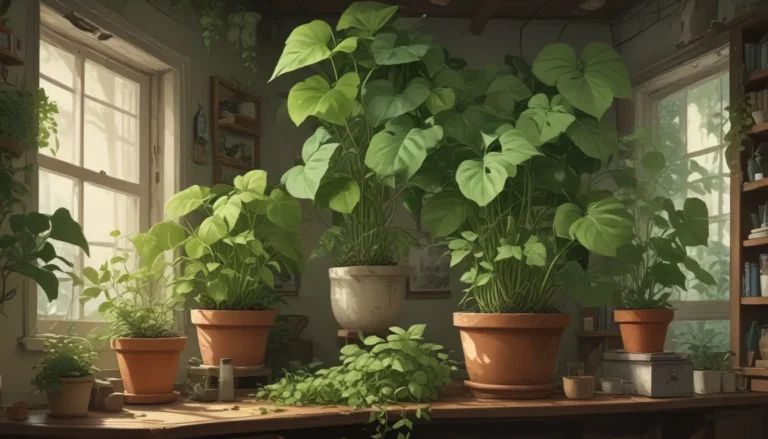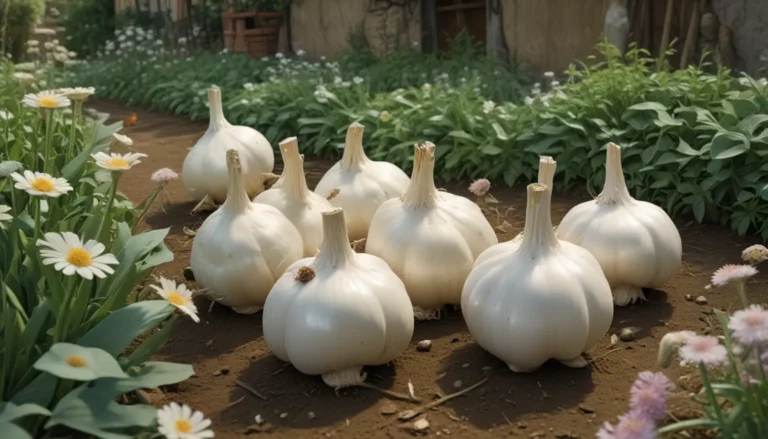A Complete Guide to Growing Lovage: The Unexpected Herb with Countless Uses

Lovage, with its fresh, citrusy celery flavor, is a versatile and underappreciated herb that can transform your gardening and cooking experience. From its nutritious roots to its fragrant flowers, growing lovage can be a rewarding addition to your garden.
What Is Lovage?
Lovage, scientifically known as Levisticum officinale, is a member of the Apiaceae family. Native to western Asia, the Middle East, and the Mediterranean, this herb has been cultivated worldwide for centuries. Packed with essential vitamins and nutrients like vitamin C and B-complex vitamins, lovage also contains quercetin, an antioxidant pigment.
Lovage is a low-maintenance plant that thrives in USDA Hardiness Zones 3-9. With its dark green, glossy leaves, yellow flowers, and grayish-brown roots, lovage adds visual interest to any garden. Resembling celery in flavor, with hints of anise and parsley, this herb is a versatile addition to any culinary repertoire.
Medicinal Use
In addition to its culinary applications, lovage has a long history of medicinal use. From its diuretic properties to its anti-inflammatory benefits, this herb has been used to treat various ailments. However, caution is advised, as lovage can interact with certain medications and may cause adverse effects in individuals with preexisting conditions.
A Note of Caution:
Lovage should not be taken during pregnancy or by individuals taking diuretics or other prescription medications. Always consult a medical professional or herbalist before incorporating lovage into your health regimen. It is also toxic to certain animals like cats, dogs, and horses.
Propagation
Propagating lovage can be done through seeds or root division. While finding plants at local nurseries can be challenging, starting from seeds or dividing existing plants can help you establish a thriving lovage garden.
By Seed:
- Direct-sow seeds in prepared soil once temperatures are above 60°F.
- Start seeds indoors 5-6 weeks before the last frost.
- Use fresh seeds for optimal germination.
Root Division:
- Divide mature plants in the spring.
- Dig up the plant, ensuring to keep root structure intact.
- Replant divided sections in well-prepared soil.
How to Grow
Growing lovage requires a part to full sun location with well-drained, slightly acidic soil. Rich in organic matter, sandy, loamy soil is ideal for this herb. Regular watering is essential, but avoid waterlogged conditions to prevent leaf bitterness.
Growing Tips:
- Plant in full to part sun.
- Use rich, well-drained soil.
- Maintain soil moisture to prevent bitterness.
Where to Buy
If you prefer transplants over seeds, you can find lovage seedlings at select retailers. Alternatively, you can purchase seeds online to start your garden from scratch.
Managing Pests and Disease
While lovage is generally resistant to pests and disease, there are a few common issues to watch out for. From aphids to leaf miners, taking proactive measures like regular inspection and proper plant care can help keep your lovage plants healthy.
Insects:
- Aphids and leaf miners are common pests.
- Monitor plants regularly and treat infestations promptly.
Disease:
- Early blight and leaf spot can occur.
- Practice good garden hygiene and air circulation to prevent disease spread.
Harvesting and Preserving
Harvesting lovage leaves in the first year and stalks/roots in subsequent years allows for a continuous supply of this flavorful herb. Preserve lovage by drying leaves, freezing stems, or pickling. Experiment with different preservation methods to enjoy lovage year-round.
Recipes and Cooking Ideas
From using stems in salads and stir-fries to incorporating seeds into baked goods and liqueurs, lovage offers endless culinary possibilities. This herb’s unique flavor profile makes it a standout ingredient in various dishes, providing a refreshing twist on traditional recipes.
In Summary
Lovage, with its vibrant flavor and versatile uses, is a herb that deserves a place in every garden and kitchen. By following simple growing tips and harvesting techniques, you can enjoy the benefits of this underappreciated herb year-round. Experiment with different preservation methods and cooking ideas to unlock the full potential of lovage in your culinary creations.
Take the plunge and introduce lovage into your gardening and cooking routine – you won’t regret it!
Resources:
- How to Plant and Grow Purslane
- How to Grow and Use Motherwort
- How to Grow Stinging Nettle in Your Garden
Remember to consult with medical professionals or herbalists before incorporating lovage into your health regimen. Guard against potential interactions with medications and adverse effects for certain individuals.
Let’s give some love to this unique herb and explore the endless possibilities of growing lovage in your garden!





